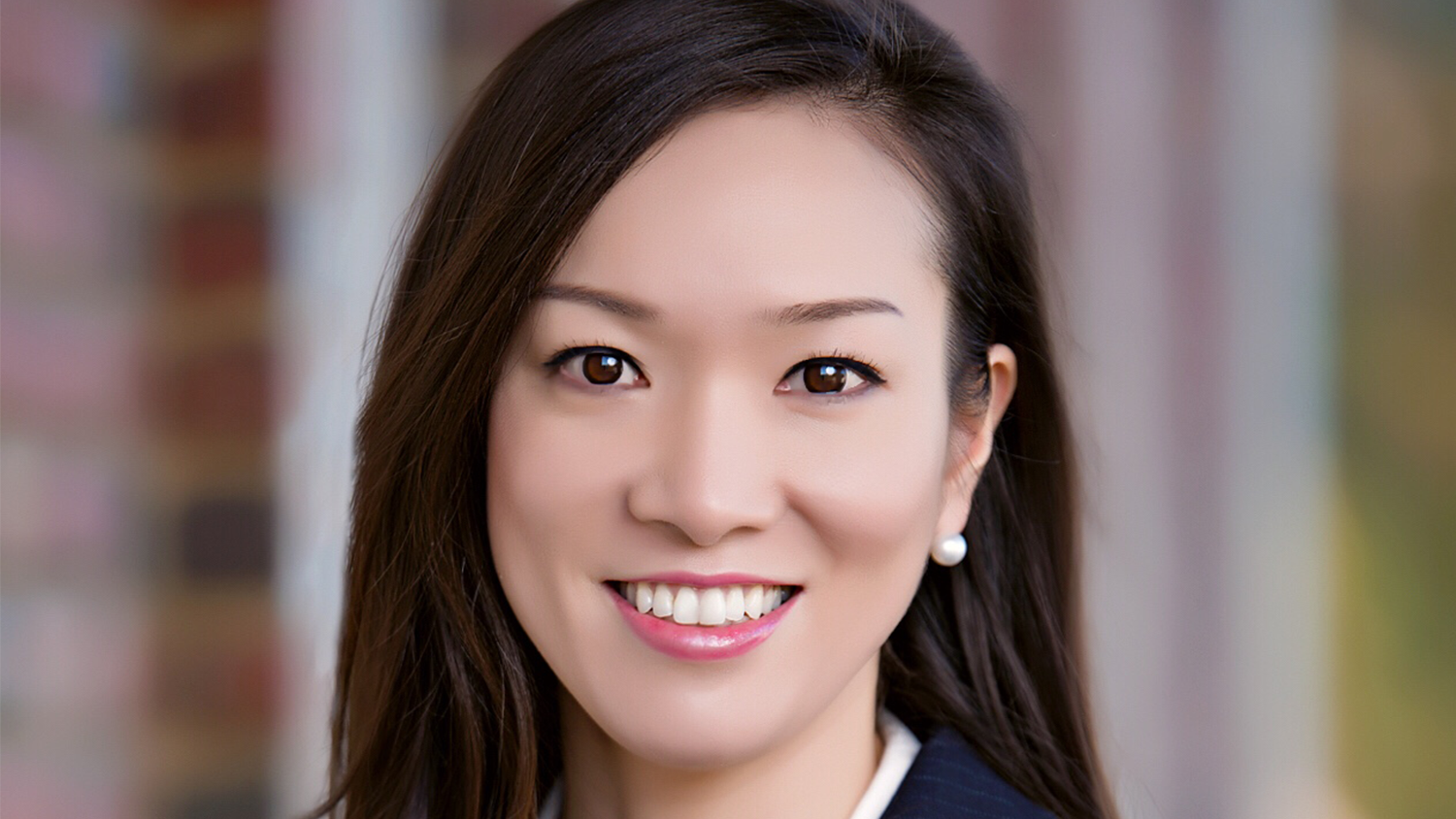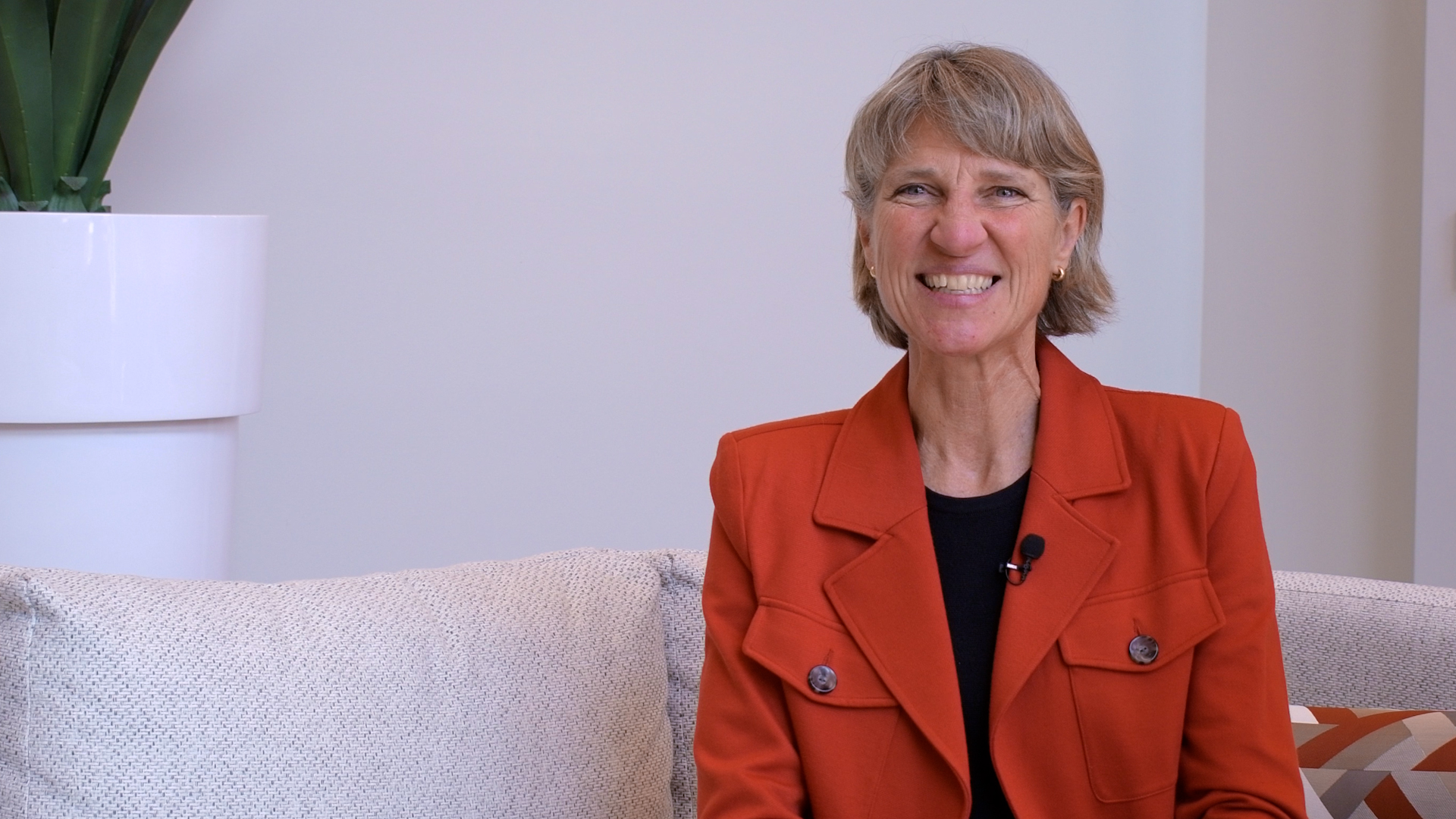Assistant Professor K.C. Busch Aims to Help North Carolina Museums Improve Evaluation Practices Through New Grant-funded Project

K.C. Busch, Ph.D., assistant professor of science education at the NC State College of Education and faculty in the Leadership in Public Science cluster, is helping museums become better able to demonstrate their value to the state of North Carolina through her latest grant-funded project.
The three-year, $356,759 “Building Capacity for Regional Collective Evaluation Across North Carolina Science Museums” project, funded by the Institute of Museums and Library Sciences, aims to create a community of practice for 54 science museums and centers across the state to improve the evaluation skills of informal science education providers.
The project began when Charles Yelton, a representative from the North Carolina Museum of Natural Sciences, approached and met with Busch and co-principal investigator Kathryn Stevenson, Ph.D, an assistant professor in the College of Natural Resources, to discuss the museum’s needs. The museum then partnered with Busch, Stevenson and co-principal investigator Lincoln Larson, Ph.D., an assistant professor in the College of Natural Resources, with the goal of improving the way museums evaluate how well they meet the N.C. Science Museums Grant Program’s goals of building STEM literacy and broadening participation.
“If you do evaluation well, you can show the worth of your programs. Museums provide important opportunities to further science learning, and making those opportunities as good as they can be takes evaluation,” Busch said. “In K-12 education, we understand the importance of assessment to inform classroom teaching and understand whether or not we’re achieving our goals. This is a similar form of assessment, but in informal settings we call it evaluation.”
The project will bring together representatives from 54 informal science education providers statewide and will be built upon the theory of communities of practice.
The first set of workshops, scheduled to begin this fall, will focus on setting common goals — for example, increasing interest in furthering science learning — that would be applicable and achievable for all participating institutions. The meetings were originally set to happen in person; but, as a result of the COVID-19 pandemic, Busch said she and the project team are currently working on a way to modify the program so it can begin virtually.
Year two of the project will revolve around the second component of a community of practice, which is developing a shared repertoire and shared language. In this phase, Busch and her co-principal investigators will identify common tools that museums can use to measure and assess the goals they’ve identified in phase one.
“Evaluation is one of those things that we always want to do, but it often falls onto the back burner or maybe people don’t feel efficacious about completing it, so this will be a toolkit of how to do evaluation in a way that will be meaningful and provide the information we need,” Busch said.
The final set of workshops, scheduled to take place during the project’s final year, will see small groups of museum representatives virtually meeting as they test evaluation practices and troubleshoot which approaches are and are not working. This phase is built around the final component of communities of practice, which is creating opportunities for mutual engagement and learning from one another.
Busch said she was eager to be part of this community-engaged project because it will not only benefit museums across North Carolina, but will help her to study ways people learn within a community of practice.
The ultimate goal, she said, is that partner museums will come away from the project with a new cohesion and a feeling of empowerment to conduct evaluation and use that information to communicate the value they provide for North Carolina residents.
In addition, she hopes that the study of the community of practice developed through this project could lead to the model being replicated in other locations, or possibly used to help museums nationwide.
“It’s about building up capacities for collective evaluation, so we can pool this information to make a larger case of the value of many science centers or many education programs,” she said.
- Categories:


